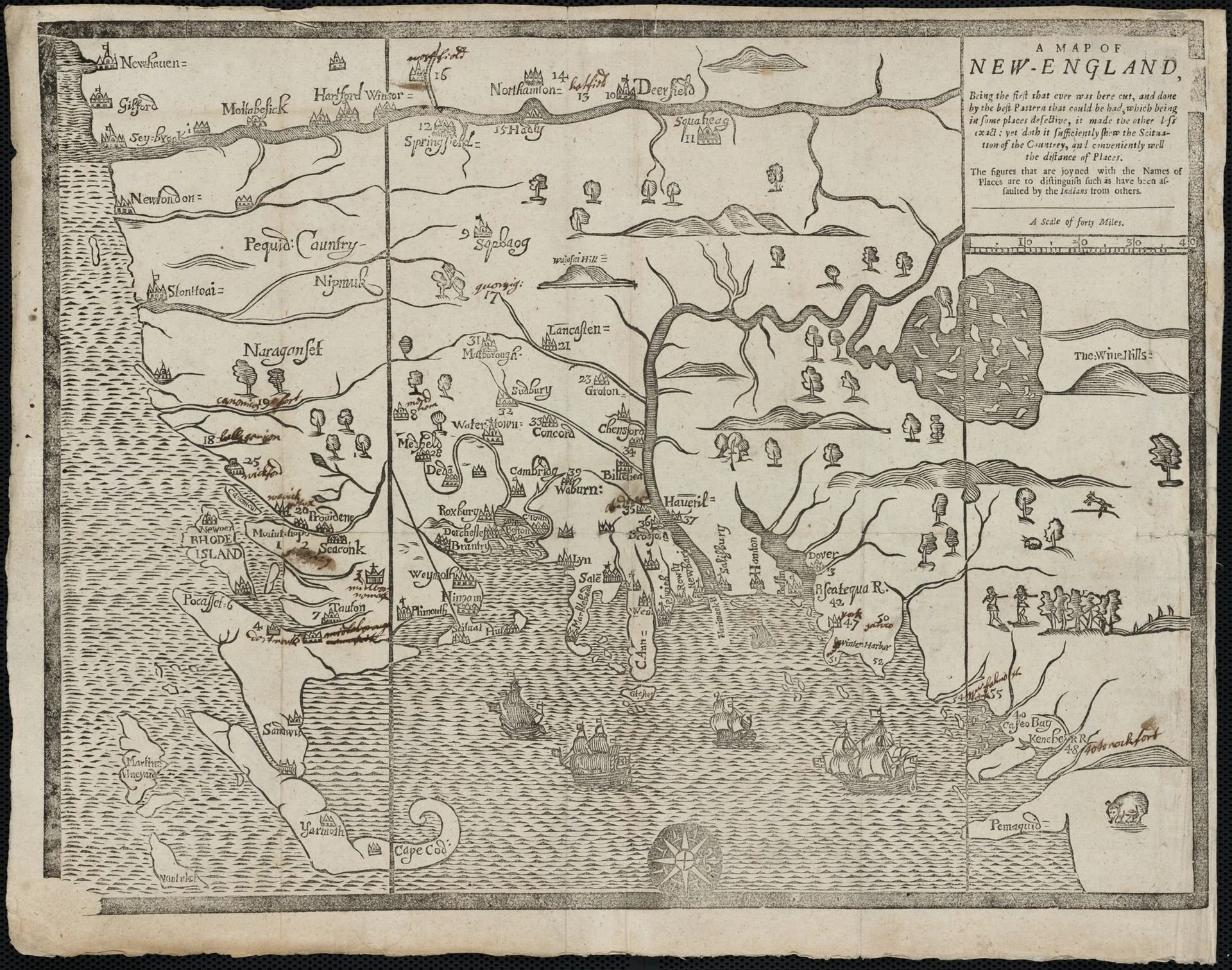
Useful then artistic
The Connecticut River Walk in Forest Park, in Springfield, Mass., one of many parks designed by Frederick Law Olmsted, who’s considered the father of American landscape architecture. His most famous work is New York’s Central Park. Forest Park, at 735 acres, is one the largest urban parks in American and dates from the late 19th Century, when Springfield was a major manufacturing center.
“Service must precede art. So long as considerations of utility are neglected or overridden by considerations of ornament, there will not be true art.’’
— Frederick Law Olmsted (1822-1903), landscape architect
Parks as places for ‘relief from ordinary cares’
Walnut Hill Park is a large public park west of the downtown of the old manufacturing city of New Britain, Conn. Developed beginning in the 1860s, it is an early work of Frederick Law Olmsted, with winding lanes, a band shell and the city's monument to its World War I soldiers.
“It is a scientific fact that the occasional contemplation of natural scenes of an impressive character, particularly if this contemplation occurs in connection with relief from ordinary cares, change of air and change of habits, is favorable to the health and vigor of men and especially to the health and vigor of their intellect beyond any other conditions which can be offered them, that it not only gives pleasure for the time being but increases the subsequent capacity for happiness and the means of securing happiness.”
— Frederick Law Olmsted (1822-1903), the father of American landscape architecture and most famous as the designer of New York’s Central Park. He was born in Hartford and died in Belmont, Mass.
In the “Emerald Necklace’’ parkland of Boston and Brookline, designed by Olmsted and established starting in 1878.
“Frederick Law Olmsted” (oil), by John Singer Sargent, 1895, at the Biltmore Estate, Asheville, N.C.
Consuming beauty while extracting resources
“Melas Chasms Sunrise,’’ by Isabel Beavers, in the show “Golden Spike,’’ at Brookline (Mass.) Arts Center, through Jan. 31.
This is a three-person exhibition about the environment and climate change. A "golden spike" is presented as a signifier of the extreme man-made change in recent geologic record. Artists Beavers, Allison Gray and William Van Beckum explore the concept of "anthropocence," or the landscape as evidence of humanity's mark in time through models and other representations of landscapes from across history. "We simultaneously consume aesthetic beauty from landscapes, while treating them as sites of extraction and destruction," the artists say.
Overlooking Leverett Pond in Olmsted Park in Brookline
Here’s an edited version of a Wikipedia list of historic buildings in Brookline (Massachusetts’s largest town) that are open to the public:
The birthplace of John F. Kennedy stands in Brookline and is listed in the National Register of Historic Places. It is maintained by the National Park Service and is open to the public from May through September.
"Fairsted", the 100-year-old business headquarters and design office for renowned landscape architect Frederick Law Olmsted and the Olmsted Brothers firm, has been carefully preserved as the Frederick Law Olmsted National Historic Site, on 7 acres of landscaped grounds at 99 Warren St.
John Goddard House, an historic house at 235 Goddard Ave., was built in 1767 and added to the National Register of Historic Places in 1985.
Larz Anderson Park is in Brookline on the 64-acre estate once owned by Larz Anderson and Isabel Weld Perkins. The park contains the Larz Anderson Auto Museum, the oldest automobile collection in the country, as well as Putterham School, a one-room schoolhouse from colonial times.
Collared and leashed nature
Walkway in the “Emerald Necklace’’ — a string of parks in Boston and Brookline conceived by Frederick Law Olmsted, who also designed Central Park. (See below.)
“Early Spring Afternoon — Central Park’’ (1911), by Willard Leroy Metcalf.
“Such strangers will have to hide
and take cover before the caretakers
of the trail arrive tomorrow.
They will efficiently find all wildness
from the storm and make sure that
it is all discarded and hauled to the dump.
“Perhaps I am looking for nature
in all the wrong places.
Here it has been collared and leashed
and rendered docile.
Still it fights back.
My hopeful dog directs my attention to the stream
and points to an otter that sinks when I look.
‘Maybe this time, boss?’ he implores.
Overhead, three noisy geese, free as you please,
as insolent as if they were twenty,
announce their imminent landing
at the county water control pond.
Not all of us are on a leash yet.’’
— From “Down the Urban Trail,’’ by Ahellas Alixopulos









